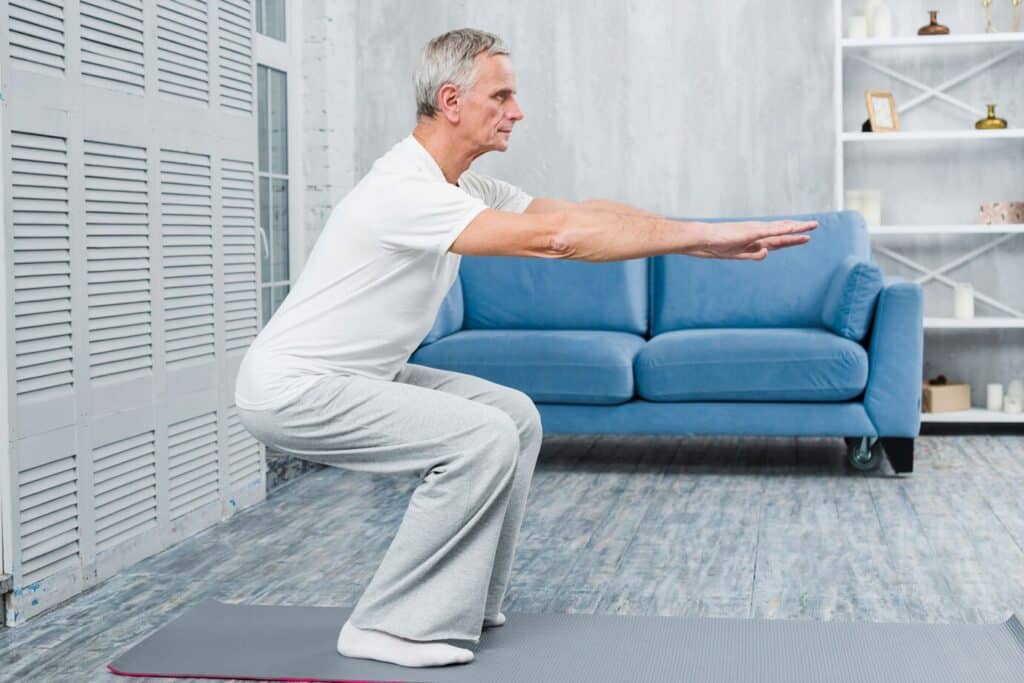Aging doesn’t mean giving up independence—it means finding new ways to thrive. At Westmont of Riverside, we embrace how assistive technology for the elderly helps older adults lead safer, more connected, and fulfilling lives. Whether you’re looking to maintain independence at home or enrich your experience in a senior living community, the right tools make all the difference.
This article explores practical solutions using assistive technology devices for the elderly at home, enhancing daily routines, health management, communication, and safety. You’ll discover how integrating these innovations not only supports physical needs but also promotes emotional well-being and social connection—ensuring seniors can age with dignity and confidence.
Discover how Westmont of Riverside is redefining senior care through innovation at Westmont of Riverside.
How Assistive Technology Supports Aging in Place
Aging in place has become more achievable thanks to advancements in assistive technology for the elderly. These tools help seniors stay safe and independent in their homes, avoiding premature moves to higher levels of care. Smart lighting systems, automated emergency alerts, and voice-activated assistants are just a few examples of assistive technology that make daily living simpler and safer.
For instance, integrating smart home technology means your lights can automatically turn on when you enter a room—helping prevent falls. Emergency alert systems, like wearable call buttons, offer immediate access to help, providing peace of mind for both seniors and caregivers. Learn more about these lifesaving devices in our blog on gadgets for seniors.
These technologies not only address mobility and safety concerns but also reduce stress and support a sense of control—key to emotional health as we age.
Essential Mobility Tools for Independence
Maintaining mobility is essential for senior independence. Among the best assistive devices for the elderly, mobility aids top the list. At Westmont of Riverside, we encourage personalized mobility solutions based on each resident’s needs:
- Wheelchairs and power scooters enhance mobility for longer distances.
- Walkers and rollators offer balance and stability.
- Canes support minor mobility impairments and improve confidence.
Regular physical activity also complements mobility devices. See our guide on exercise routines for seniors over 80 to improve strength and reduce fall risk.
These tools allow residents to move freely and safely while maintaining autonomy and dignity.
Staying Connected with Communication Devices
Isolation can be a serious challenge for older adults, but assistive technology devices for the elderly at home now include powerful communication tools. Seniors can engage with loved ones and stay socially active even from afar.
Video Calling & Tablets
Tablets with simplified interfaces allow seniors to easily video chat with family, share photos, or attend virtual events. These devices are among the most impactful assistive technology examples today.
- Enjoy birthday parties via video call
- Participate in virtual family dinners
- Join telehealth visits without needing transportation
Voice-Activated Assistants
Devices like Alexa or Google Nest can make calls, set reminders, or control smart home functions—all through voice commands. For seniors with limited mobility or dexterity, these tools offer real freedom.
Explore more about senior living technology innovations and how they support mental and social health.
These tools also foster better connection to community programs, emergency services, and healthcare providers—making them indispensable.
Simplifying Daily Living with Assistive Aids
Daily tasks can become difficult with age, but examples of assistive technology for disabilities show us that simple tools often make a big difference. At Westmont of Riverside, residents benefit from:
- Adaptive utensils for easier eating
- Memory aids such as digital calendars and talking clocks
- Grab bars and shower seats in bathrooms
- Automatic pill dispensers to manage medications safely
These tools empower seniors to maintain control over their lives. By simplifying routines, they reduce dependency and increase confidence.
For more about how seniors can enjoy their independence, check out this article on independent living benefits.

Safety Through Smart Home Integration
The integration of assistive technology devices for the elderly at home has redefined safety. From remote monitoring to automated alerts, smart technology ensures seniors can live securely and independently.
| Technology | Benefits | Assistive Examples |
| Smart Lighting | Improves visibility, reduces falls | Motion-activated lights |
| Security Systems | Deters intruders, monitors safety | Indoor/outdoor surveillance cameras |
| Smoke Detectors | Immediate alerts for hazards | Smart smoke and carbon monoxide detectors |
| Remote Monitoring | Caregiver check-ins, peace of mind | Apps connected to wearable devices |
These systems can be easily integrated into senior living apartments or private homes, creating a safer environment with little effort. Learn more from this guide on smart home safety for seniors by AARP.
Accessible Healthcare Through Telehealth
Telehealth is transforming senior care. With remote consultations and real-time health monitoring, seniors can manage their wellness without leaving home.
Virtual Consultations
Telehealth eliminates barriers like travel and wait times. Seniors can consult with doctors, refill prescriptions, and access specialists from their living room.
- Convenient and private
- Ideal for chronic condition management
- Encourages preventive care and follow-up
Real-Time Monitoring
Biometric devices can track vital signs like blood pressure, glucose, or heart rate—alerting caregivers or doctors if issues arise.
Such assistive technology for the elderly not only improves response time but also promotes proactive health management.
Innovations on the Horizon
The future holds even more promise for examples of assistive technology for disabilities. Innovations include:
- Robotic companions that provide emotional support
- AI memory aids that help with early dementia symptoms
- Wearable tech that predicts falls or tracks behavior changes
As these tools become more advanced and accessible, they will support holistic well-being and redefine how we care for aging adults. For an in-depth overview, this NIH resource on aging technology provides expert insights.
Thrive with the Right Support — Schedule a Tour Today
Imagine living in a space where your safety is prioritized, your independence is protected, and your connection to loved ones is always within reach. That’s what assistive technology for the elderly makes possible at Westmont of Riverside.
Whether it’s the convenience of voice-activated assistants or the security of smart home systems, these innovations empower you to live life on your terms.
Ready to see how this technology can enrich your life? Contact us at 951-697-2100 or schedule your personalized tour today. Let us help you embrace independence and joy at every stage of life.
How Do The Costs Of Moving Into A Quality Senior Care Community Compare With The Costs Of Staying At Home?Compare The Costs of Senior Living vs Staying at Home
Frequently Asked Questions
What are examples of assistive technology?
Assistive technology includes a wide range of tools designed to support daily living and independence. Examples include hearing aids, screen readers, mobility aids like walkers, and smart home devices that respond to voice commands. These tools help individuals manage physical, sensory, or cognitive challenges more effectively. By integrating assistive technology, people can maintain their quality of life and stay more engaged with their surroundings.
What are five assistive devices used for mobility?
Five common assistive devices for mobility are canes, walkers, wheelchairs, scooters, and crutches. Each serves a different level of support depending on the user’s needs and abilities. Canes and walkers provide stability for short distances, while wheelchairs and scooters allow for longer mobility and independence. Crutches are typically used temporarily, such as during recovery from an injury. These devices greatly reduce the risk of falls and increase freedom of movement.
What technology is used to help older adults?
Older adults often benefit from technology that promotes safety, health, and communication. Wearable devices like medical alert systems can notify caregivers in emergencies. Tablets and smartphones with accessibility features make staying connected easier through video calls and apps. Smart home devices, such as voice-activated assistants and automated lighting, help seniors manage daily tasks. These technologies aim to enhance independence and provide peace of mind for families.
What are the assistive technologies for adults?
Assistive technology for adults encompasses a range of tools, from simple to advanced digital solutions. Examples include adaptive utensils for easier eating, text-to-speech software for those with vision loss, and mobility aids like powered wheelchairs. Adults with chronic conditions may also use monitoring devices to track health metrics. By tailoring assistive technology to individual needs, adults can live more independently and confidently.








